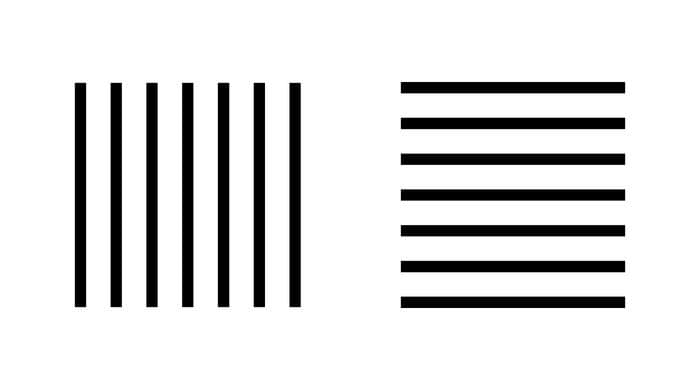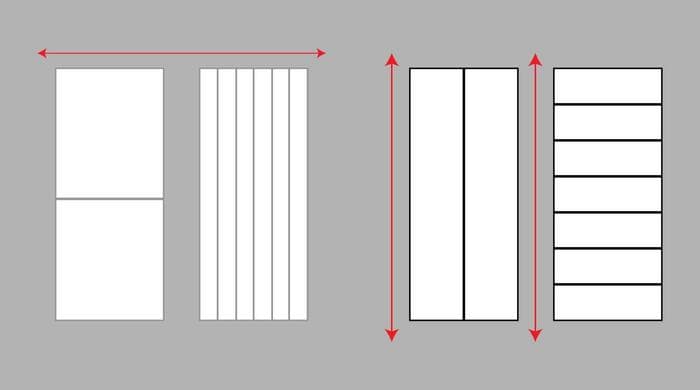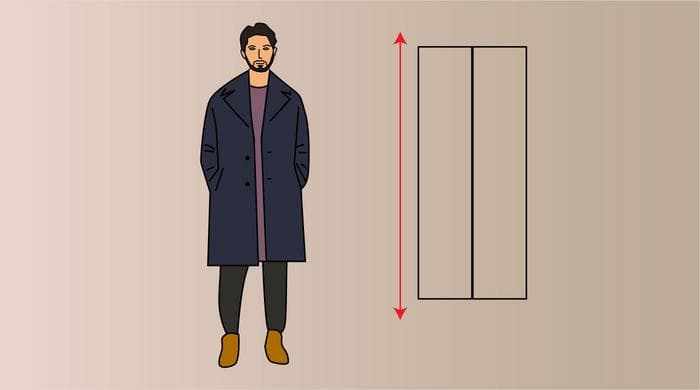Horizontal stripes can effectively elongate just like vertical stripes

Which of the two squares is higher?

Our stereotypical thinking should suggest that the left one. But here’s how our brain sees them.

This is the Helmholtz illusion. In reality, vertical lines appear wider, and horizontal lines appear taller.1
Researchers applied this principle to clothing, and it has been found to work the same way, at least for slim body types.23
Single horizontal and vertical lines work in another way. When a single line divides the silhouette into a few vertical parts, a person appears taller, and with horizontal division, they appear shorter.4


The optimal choice seems to be wearing thin horizontal lines or single vertical line that divide your outfit into 3 vertical segments.
-
Pinna B. (2015). Directional organization and shape formation: new illusions and Helmholtz’s Square. Frontiers in human neuroscience, 9, 92. https://doi.org/10.3389/fnhum.2015.00092 ↩
-
Koutsoumpis, A., Economou, E., & van der Burg, E. (2021). Helmholtz Versus Haute Couture: How Horizontal Stripes and Dark Clothes Make You Look Thinner. Perception, 50(9), 741–756. https://doi.org/10.1177/03010066211038158 ↩
-
Ashida, H., Kuraguchi, K., & Miyoshi, K. (2013). Helmholtz illusion makes you look fit only when you are already fit, but not for everyone. i-Perception, 4(5), 347–351. https://doi.org/10.1068/i0595rep ↩
-
Morikawa, Kazunori, ‘Geometric Illusions in the Human Face and Body’, in Arthur G. Shapiro, and Dejan Todorovic (eds), The Oxford Compendium of Visual Illusions (New York, 2017; online edn, Oxford Academic, 22 June 2017), https://doi.org/10.1093/acprof:oso/9780199794607.003.0026, accessed 19 July 2023. ↩
Posted on
Last edited on
